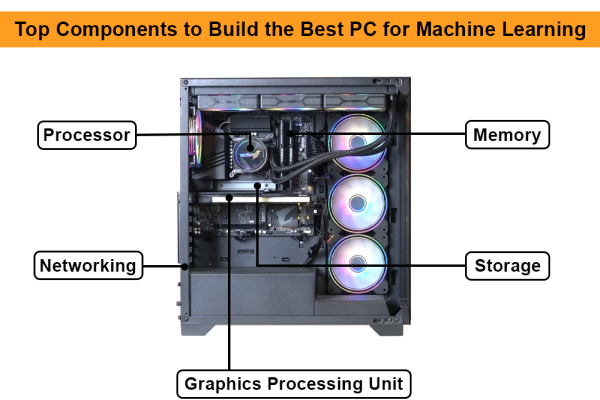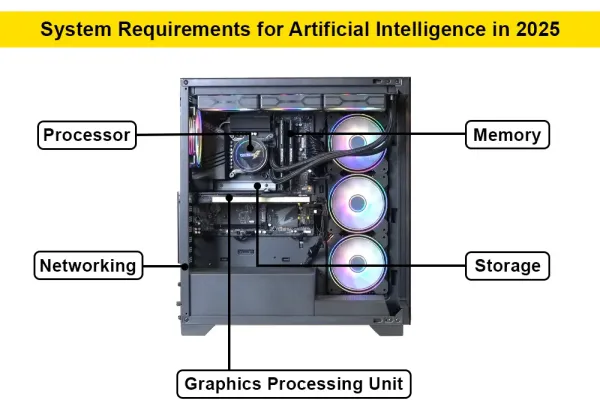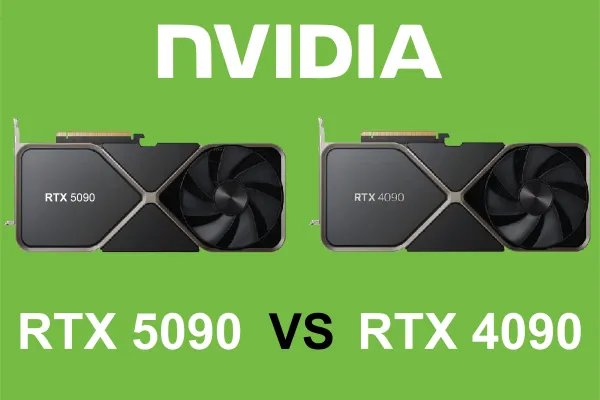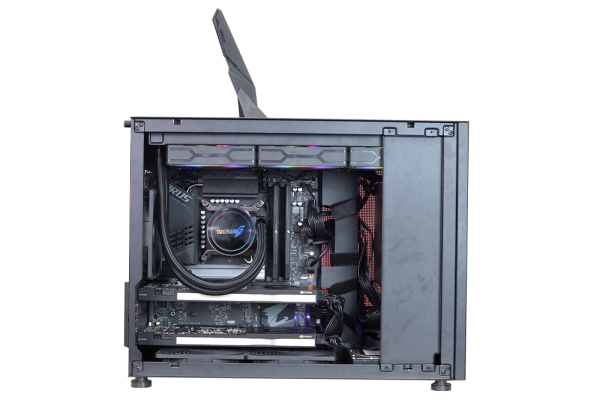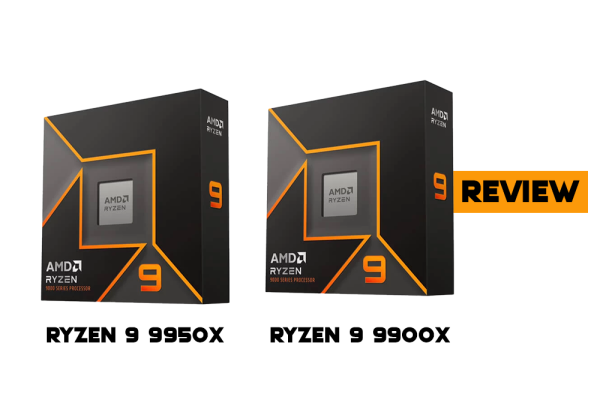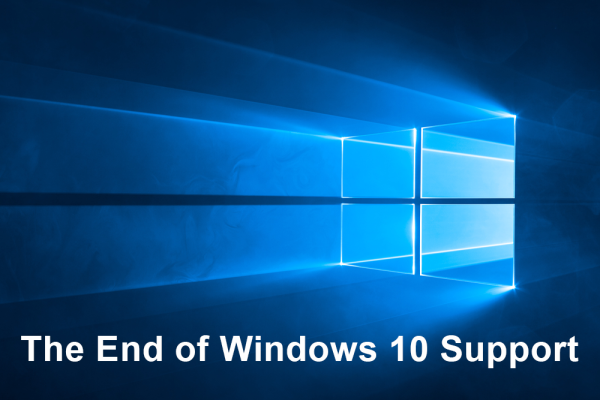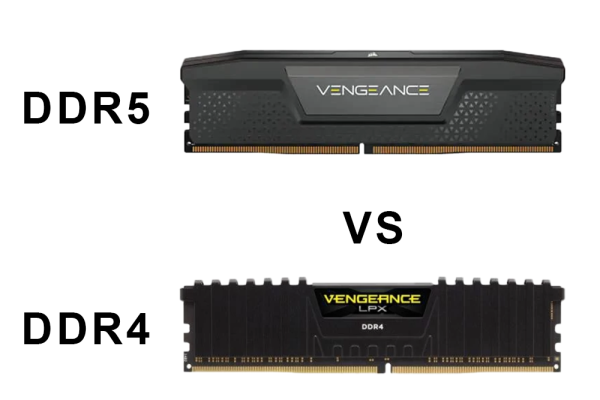
DDR5 vs. DDR4 RAM: Which Is Better for Your 2024 Gaming PC?
DDR5 vs. DDR4 RAM: Which Is Better for Your 2024 Gaming PC?
In the gaming world, building a high-performance PC often comes with the question: what kind of RAM should you choose? The latest contenders in the arena are DDR4 and DDR5. While DDR4 has been around for years, DDR5 is the next-generation memory standard, promising better performance and new features. But is it truly worth the upgrade, especially for gaming? Let’s break down the differences between DDR4 and DDR5 RAM, examining the impact on performance, price, and future-proofing your setup.
What Are DDR4 and DDR5 RAM?
DDR4 stands for Double Data Rate 4, a memory standard that has been the go-to for gaming PCs for almost a decade. It brought improvements in speed, efficiency, and capacity compared to its predecessor, DDR3.
DDR5, on the other hand, is the newest version of Double Data Rate Synchronous Dynamic Random-Access Memory. It offers higher speeds, increased bandwidth, and lower power consumption. The jump to DDR5 is similar to past generations, with DDR5 promising noticeable improvements in overall performance.
Key Differences Between DDR4 and DDR5
- Speed and Bandwidth
- DDR4: The typical speed for DDR4 RAM is between 2133 MHz and 3200 MHz, although overclocked modules can reach up to 5000 MHz or higher.
- DDR5: Base speeds for DDR5 start at 4800 MHz and go up to 6400 MHz or more. The increased bandwidth provided by DDR5 allows for faster data transfer, which can benefit tasks that require high memory throughput, such as content creation and multitasking.
- Latency
- DDR4: Generally has lower latency (around CL15 to CL19 for most gaming-focused RAM), meaning it can respond to tasks quickly.
- DDR5: While DDR5 offers higher speeds, the latency is slightly higher (usually around CL36 or higher). However, the overall performance impact of this is mitigated by DDR5's higher bandwidth, which means it can still perform well in real-world tasks despite slightly higher latency.
- Power Efficiency
- DDR4: Operates at 1.2 volts, which is relatively power-efficient, but there’s room for improvement.
- DDR5: Operates at 1.1 volts. DDR5 also integrates power management on the memory module itself, resulting in better power efficiency and potentially lower heat output.
- Capacity and Density
- DDR4: Supports up to 16GB per stick in most mainstream consumer modules, although there are some 32GB modules.
- DDR5: Doubles the memory capacity per stick, with modules available in 32GB or even 64GB sizes. This makes DDR5 ideal for users who need high memory capacity, such as those who game and stream simultaneously.
- Pricing
- DDR4: Currently, DDR4 RAM is significantly cheaper due to its maturity and wide availability. You can often find great deals on high-speed DDR4 RAM.
- DDR5: As of 2024, DDR5 remains more expensive due to limited availability and the cost of manufacturing newer technology. However, the price has been gradually dropping since its initial release, and it’s expected to become more affordable over time.
Gaming Performance: DDR4 vs. DDR5
When it comes to gaming, the primary question is: does DDR5 RAM actually provide better in-game performance than DDR4? In short, the answer is both yes and no, depending on several factors:
- FPS Gains: DDR5's benefits may not be fully realized in gaming alone, as current games often don't demand extremely high memory bandwidth. In titles that are CPU-bound and require quick memory access, DDR5 can provide a few extra frames per second (FPS), but the difference isn’t monumental.
- Future-Proofing: If you’re planning to keep your gaming PC for several years, DDR5 is likely the better option for future-proofing. As more games and applications are optimized for DDR5, the performance gap may become more noticeable. DDR4, while still highly capable, might start to show its age as software becomes more demanding.
- System Compatibility: Not all CPUs and motherboards support DDR5. For example, Intel’s Alder Lake and Raptor Lake processors support both DDR4 and DDR5, while AMD’s Ryzen 7000 series CPUs are DDR5-exclusive. If you're going with a new AMD Ryzen build, DDR5 is your only option. However, with Intel, you have the flexibility to choose either, based on budget and performance needs.
The Verdict: Which Should You Choose?
Go with DDR4 if:
- You’re on a budget and want the best price-to-performance ratio for gaming.
- Your current system supports DDR4, and you’re not planning to upgrade your CPU and motherboard soon.
- You’re not concerned with future-proofing, and you’re okay with potentially upgrading again within the next few years.
Opt for DDR5 if:
- You’re building a new system and want the latest tech for future-proofing.
- You plan to use your PC for tasks that benefit from higher memory bandwidth, like video editing, 3D rendering, or heavy multitasking.
- You can afford the slightly higher price for better performance in the long run.
Conclusion
In 2024, both DDR4 and DDR5 can power an excellent gaming experience, but they serve slightly different needs. DDR4 provides an affordable option with reliable performance, making it perfect for budget builds or incremental upgrades. DDR5, on the other hand, offers higher speeds and bandwidth that pave the way for future gaming and productivity gains. If you’re building a brand-new gaming rig and can afford the upgrade, DDR5 is a solid investment for longevity and performance. However, if you’re simply looking to enhance your current setup without breaking the bank, DDR4 is still more than capable of delivering a stellar gaming experience.
Posted 1 year ago
by VoltedPC



